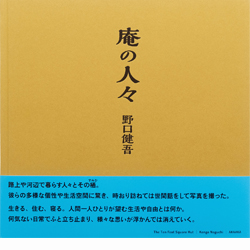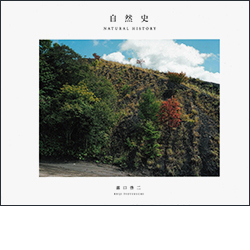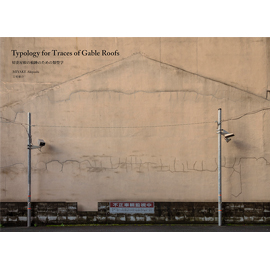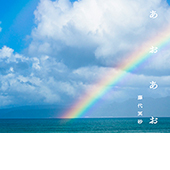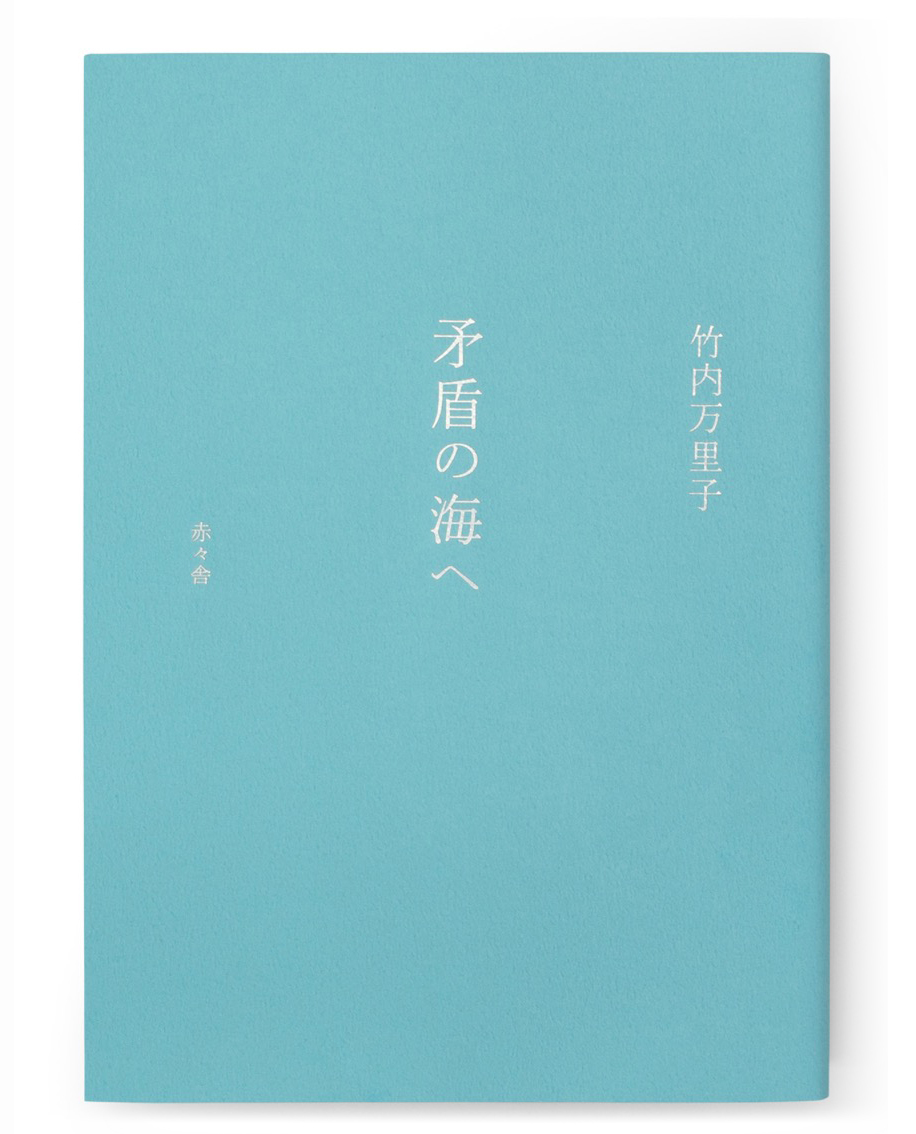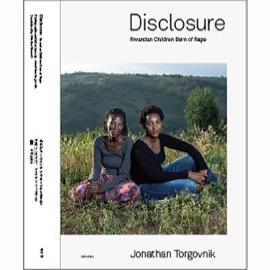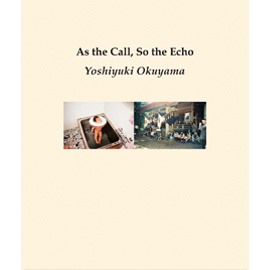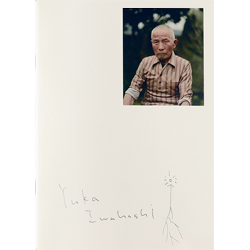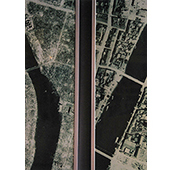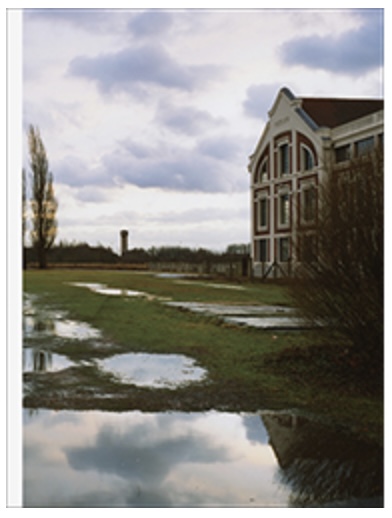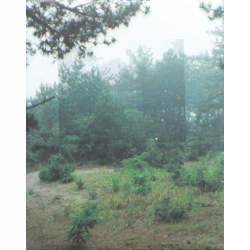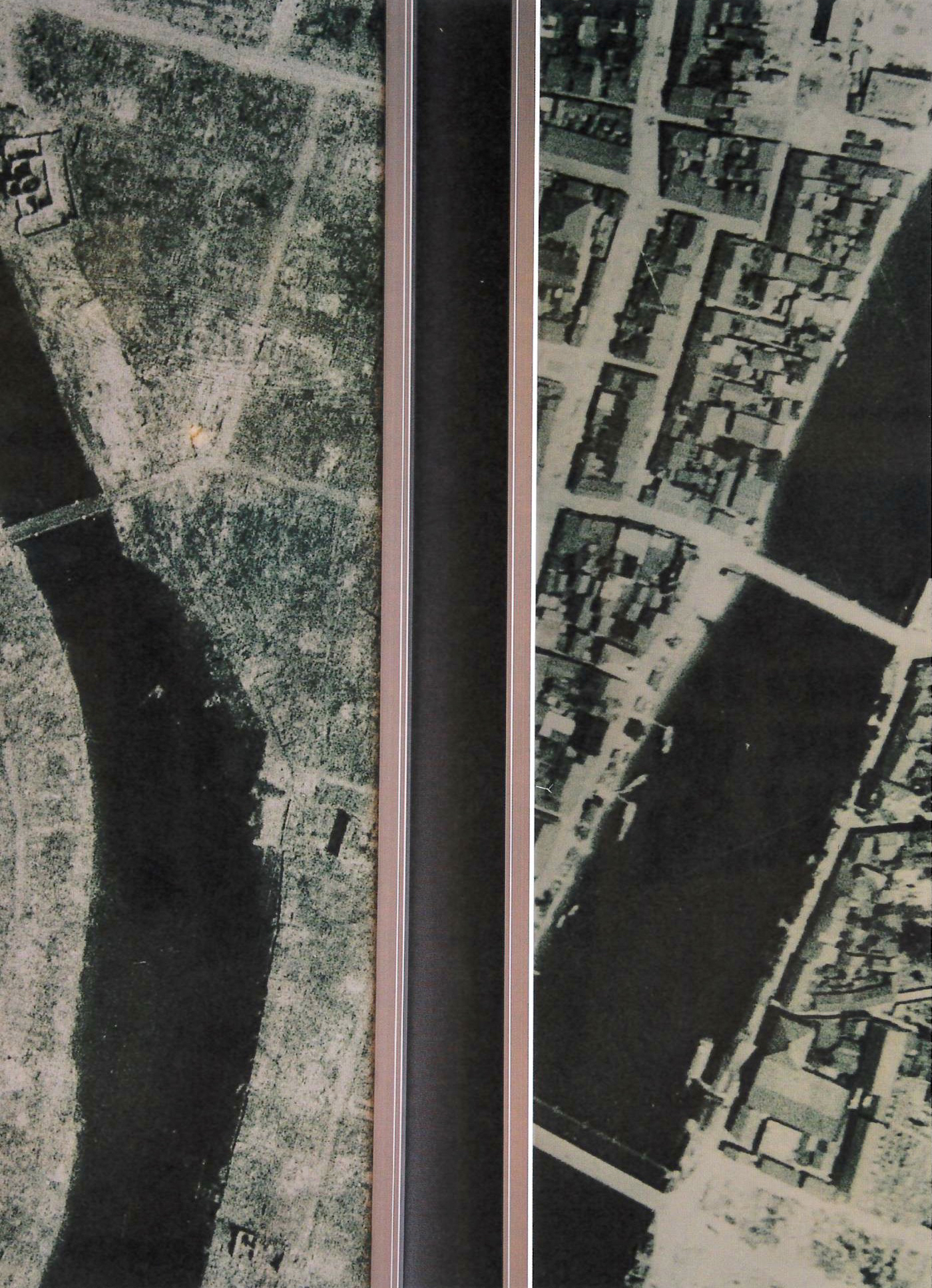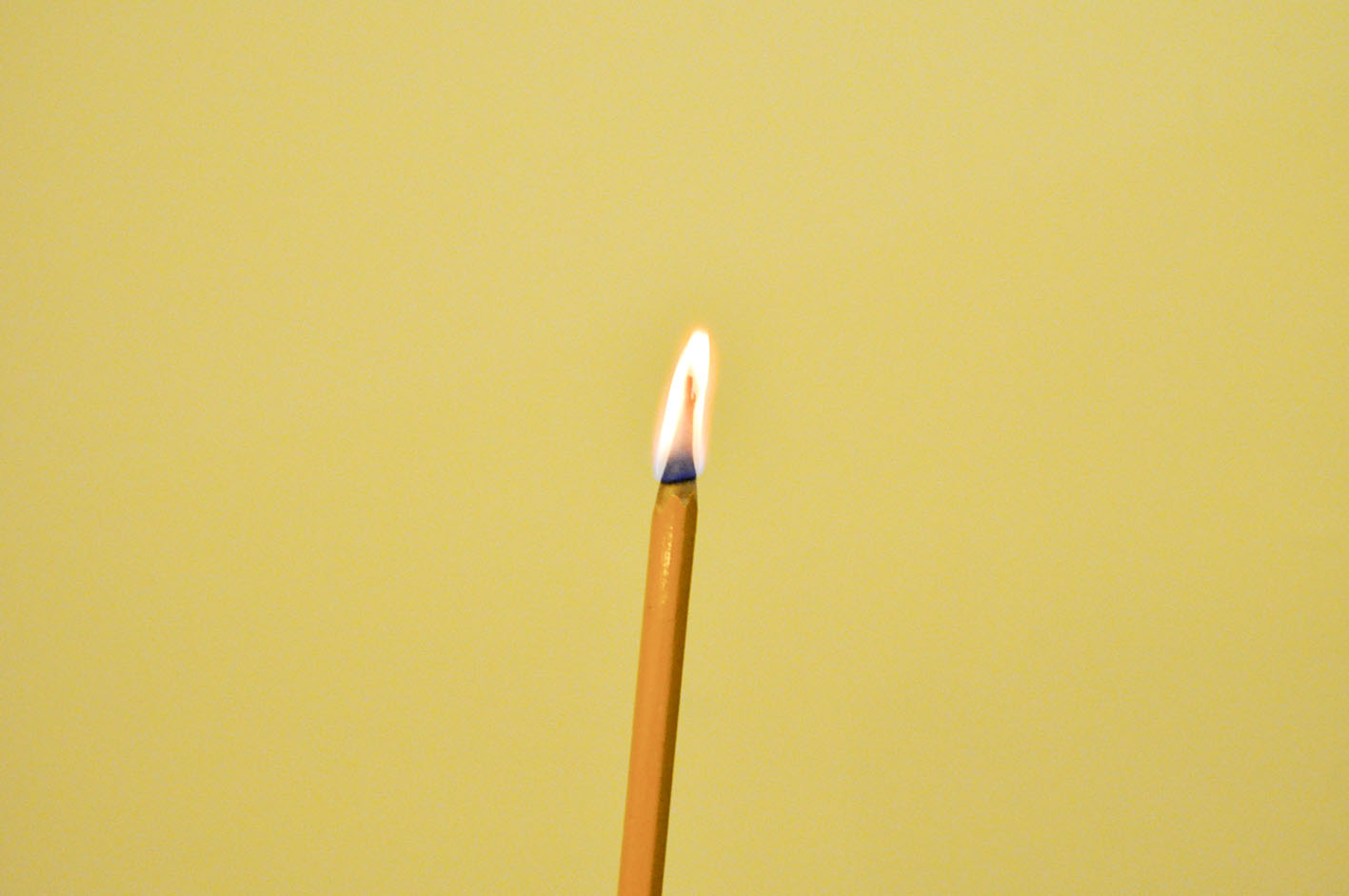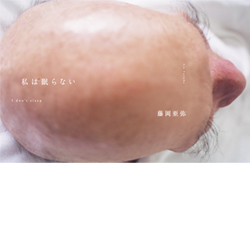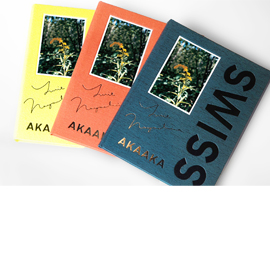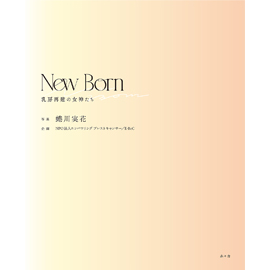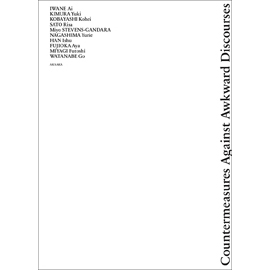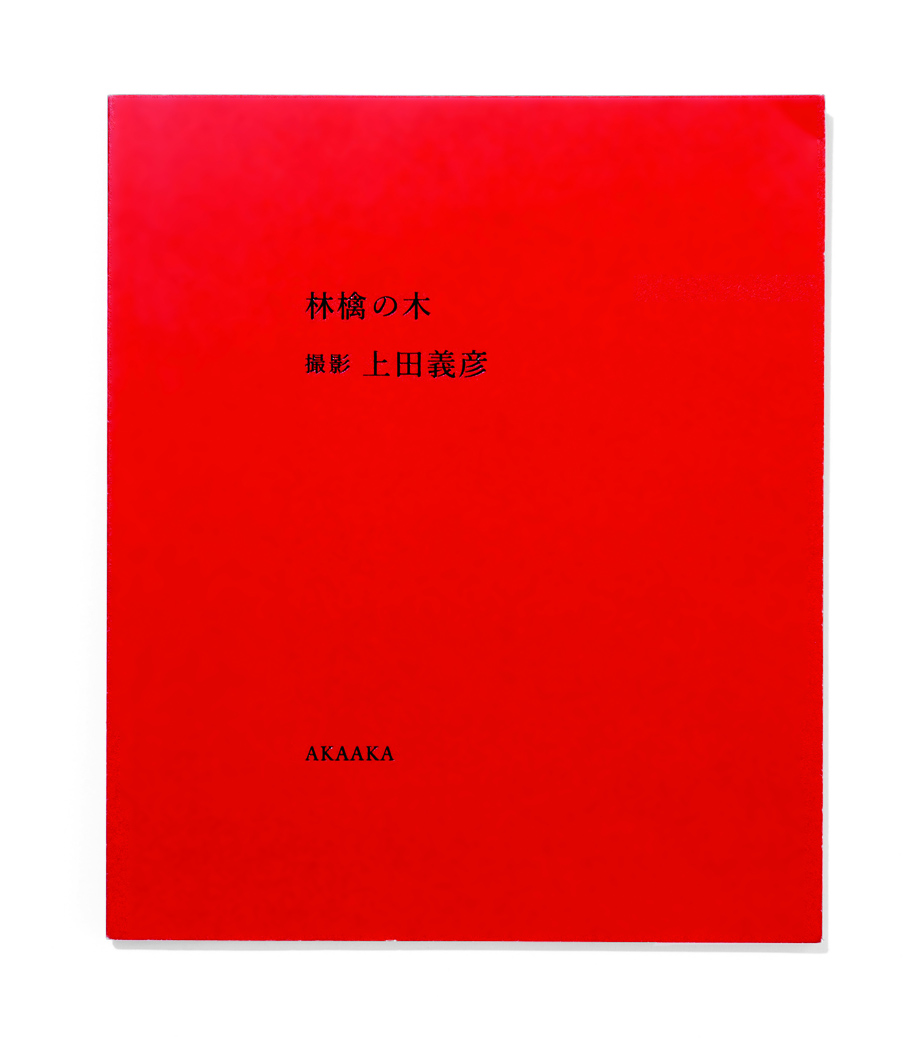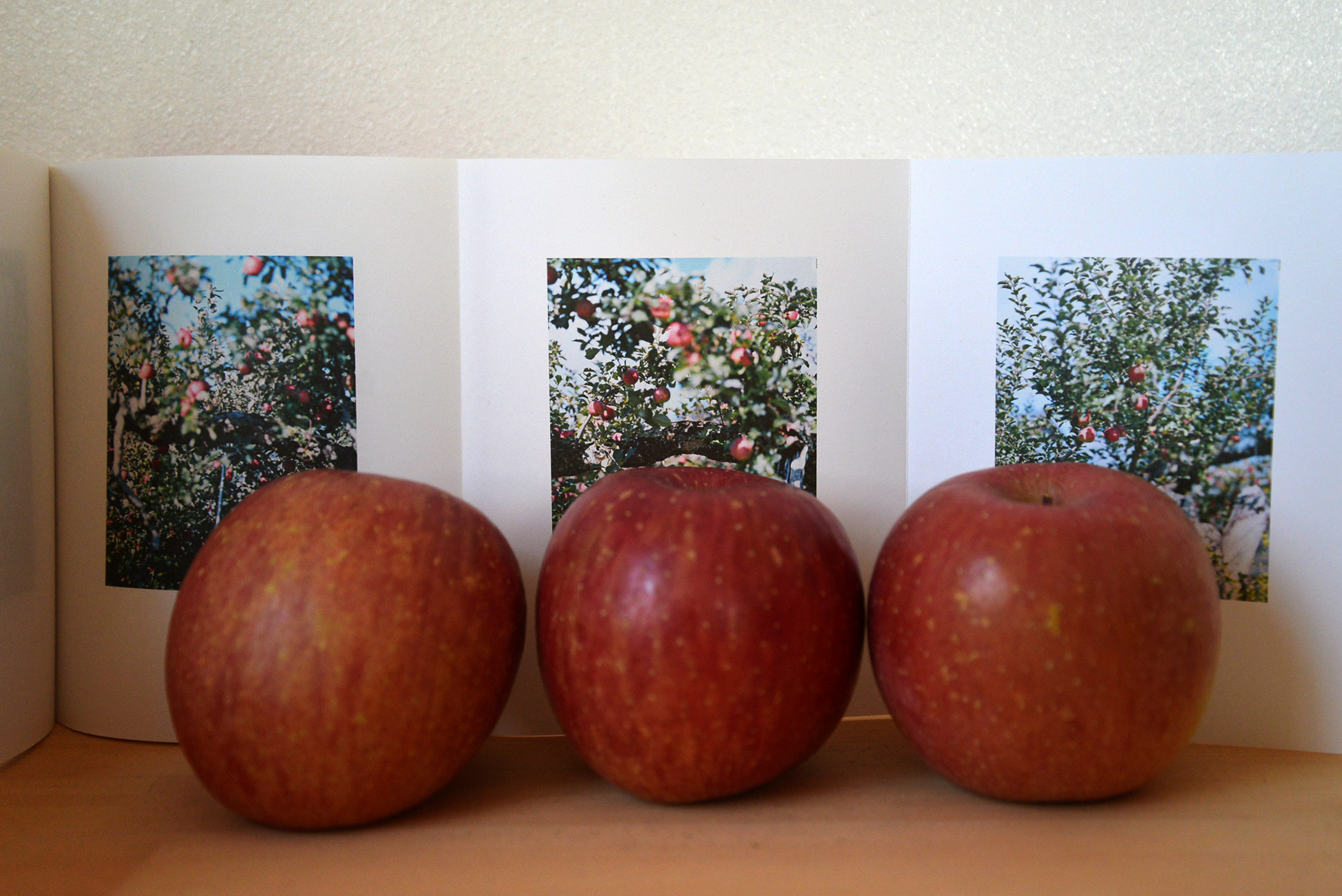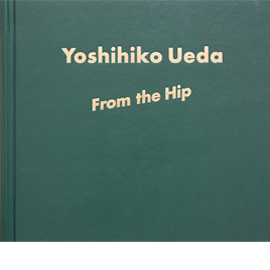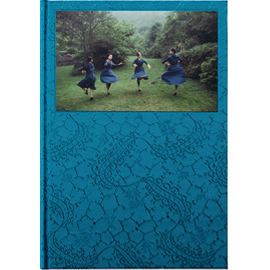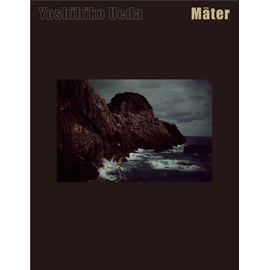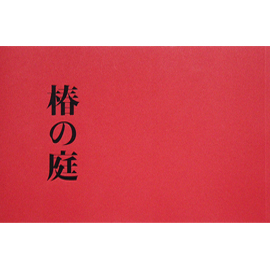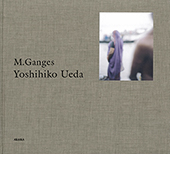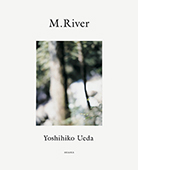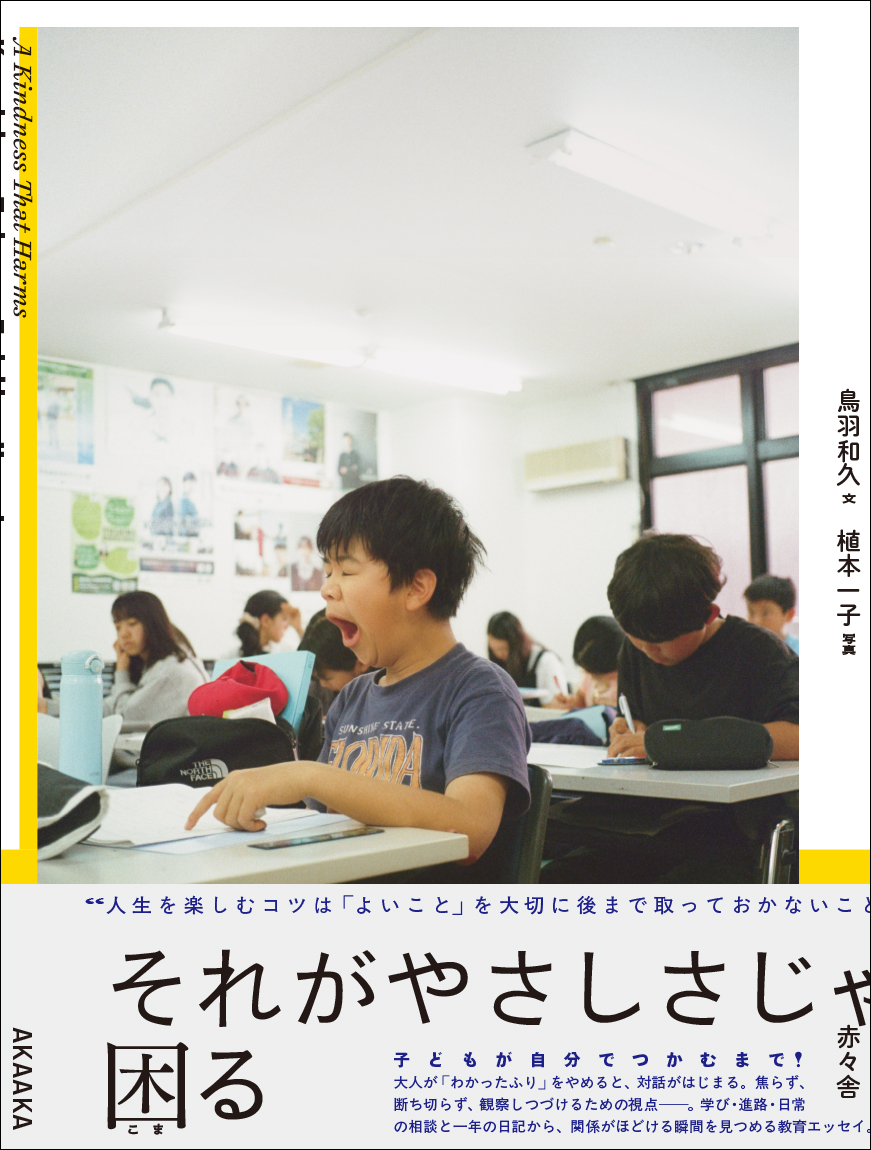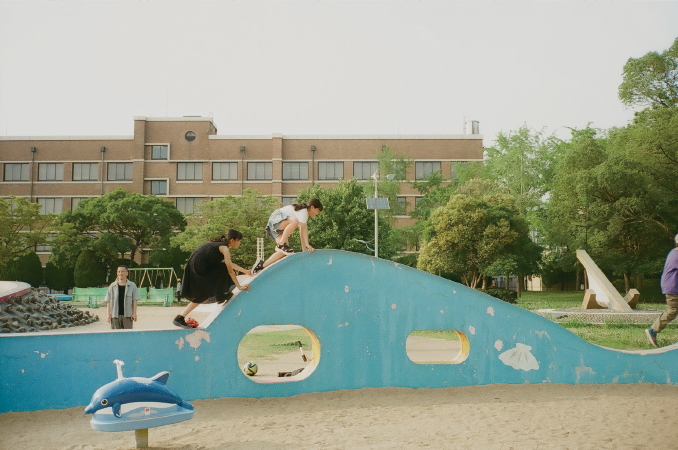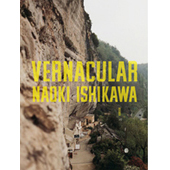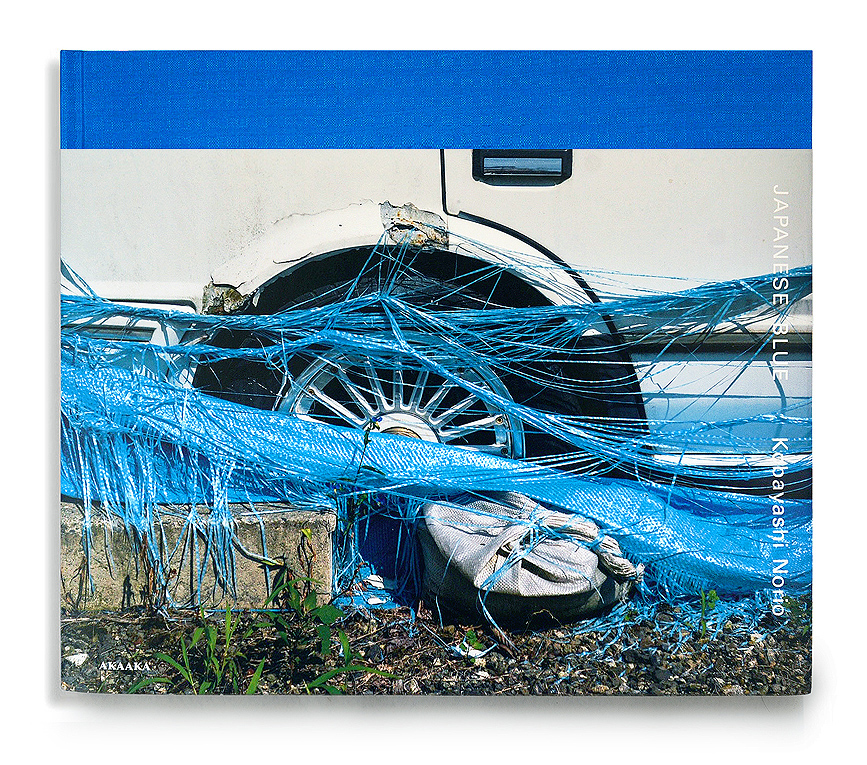
小林のりお『Japanese Blue』
発行:赤々舎 Size:H230mm x W260mm Page:128 pages Binding:Hardcover Published in August 2025 ISBN:978-4-86541-207-9 |
¥ 5,000+tax
国内送料無料! お支払い方法は、PayPal、PayPay、Paidy 銀行振込、郵便振替、クレジットカード支払いよりお選び頂けます。 |
|---|
About Book
青いシートが覆う風景を30年にわたって撮り続けた、小林のりおの代表作。
崩壊と再生の狭間に現れる"青"が、日本の風景の記憶と現在を照らし出す。
Japanese Blue
Kobayashi Norio
This series, Japanese Blue, photographed over more than thirty years from 1991 to 2024, depicts landscapes featuring blue tarpaulin sheets. Although this is the first time the series has been compiled and published as a photobook, it has long been recognized as Kobayashi's signature work. Blue tarps appear in all conditions, from brand new to torn and weathered. The series can be broadly divided into two categories based on the method of photography: film photographs from 1991 to 1995, and digital photographs from 2003 to 2024. The former were taken using Fujifilm Velvia positive film with medium-format cameras like the New Mamiya 6 and Hasselblad or large-format cameras like the Toyo Field. The latter used medium-format digital cameras such as the Pentax 645D and Fujifilm GFX50S Ⅱ. In the 1990s, Kobayashi largely adhered to the demands of silver halide film, often using a tripod and carefully framing his subjects vertically and horizontally, so the blue tarps occupy only a small portion of the images. Since the 2000s, high-sensitivity digital photography and smaller cameras have enabled more handheld shooting and closer framing of tarps, increasing the proportion of blue in the images.
The series was first presented in 1992 at Gallery Mole in Yotsuya, Shinjuku, and shortly afterward appeared in the September 1992 issue of Asahi Camera. Two years later, Japanese Blue 2 was published in the September 1994 issue of Asahi Camera. In 1996, Kobayashi's second solo exhibition, titled Japanese Blue, was held at the now-closed Zeit-Foto Salon in Kyobashi, Tokyo.
Characterized by its man-made blue colors, Japanese Blue can be situated within the lineage of Kobayashi's landscape works, such as Landscapes and First Light, which explore both visible and concealed aspects of urban and natural environments across Japan. Observing the blue tarps directs the eye to nameless, makeshift places, revealing temporary landscapes that most people would overlook.
The blue-colored tarp was first released in 1974 and has since become a standard color across Japan. Peony blue is artificial and does not easily blend into its surroundings, yet its hue evokes natural elements such as sky, sea, and rivers. If the blue in Kobayashi's photographs is regarded as an object, Japanese Blue serves as a requiem for urban landscapes gradually disappearing or being reshaped by redevelopment. Kiyoshi Kusumi, a media studies scholar and art critic, considers objects wrapped in blue tarps as a form of found art: "When seen as devices giving form to the invisible movements of air currents, they become interesting in the way environmental art is interesting." Kusumi notes that these tarps function similarly to the architectural wrappings of Christo and Jeanne-Claude, defamiliarizing landscapes--although the effect is modest and unintentional, rather than large-scale contemporary art.
Miyabi Taniguchi, a photographer and critic, writes: "A violent shade of blue left forgotten in nature, artificial blue scattered throughout the landscape. But what is initially unsettling gradually becomes familiar without the viewer realizing it. By deliberately making blue his subject, Kobayashi presents Japan's landscapes as they are today. Here we see the conflict between nature and the artificial, or their ironic coexistence. What is artificial decays, and what is natural conveys life force. Yet, under redevelopment, this relationship can reverse almost instantly. It is a story endlessly repeated. Kobayashi does not side with either, but regards each with fondness."
Taniguchi highlights how the polar opposites of past and future, nature and the artificial, inevitably reverse. Destruction and rewilding occur cyclically: even newly constructed futures eventually become pasts, and pasts were once futures. Kobayashi's blue occupies the midpoint in this cyclical spacetime. The blue in his photographs does not belong to the present of the object at the time of capture; rather, it is drawn into the viewer's present, offering the possibility of a dialogue across time. The blue tarp can thus be seen as a "glitch" in the landscape.
Unexpectedly, the blue tarp resembles a blue screen used in chroma key compositing--a technique in television, film, and image editing where a subject is filmed against a blue or green background, which is later replaced by another image. Lighting can cause shadows to fall on the background, sometimes producing a chroma key error called spilling, where the background partially blends into the subject, revealing the original blue--a "bug" in the compositing.
These errors, like a magic trick's failure, reveal the mechanics behind the medium. However, Kobayashi does not manipulate or force such ruptures; his photographs remain ordinary, unembellished, and faithful to the camera. Yet when numerous blue tarp singularities are seen together, the "ground"--the background contrasting the subject--appears and disappears like a bug in a blue screen.
This peony blue, chosen for its camouflage quality in natural settings, merges with the landscape and, like Rubin's vase, reverses our perception of "figure" and "ground." Viewed as an aesthetic object, the blue tarp comes forward while the landscape recedes; when the landscape is "figure," the tarp becomes "ground." Japanese Blue aims for this back-and-forth gaze. Things lost from the past and things yet to come flicker as blue remnants within and beyond the photographs. On the surface of blue, past 'now,' present 'now,' and future 'now' are continuously restored.
── from the afterword
"Residual Peony Blue" by Kasama Yuki
The blue tarps seen throughout Japan in every sort of place appear as bright, shining surfaces, but closely guard what lies within. They reveal no core, substance, or story.
Japanese Blue - An insubstantial surface that tosses our gaze back to us.
It is also comparable to photography, which lightly brushes over only the surface-level appearance of its subjects....
── from the afterword
"In the Absence of a Story" by Kobayashi Norio
Artist Information
小林 のりお
1952年 秋田県大館市生まれ。日本歯科大学を中退、東京綜合写真専門学校を卒業し、フリーに。1975年より国内外にて個展・企画展を多数開催。写真家として活動するかたわら、東京線合写真専門学校、日本写真芸術専門学校、東京造形大学、東北芸術工科大学、武蔵野美術大学などで非常勤講師を務める。2007年より2023年まで武蔵野美術大学映像学科教授。現在、武蔵野美術大学名誉教授。作品は国内だけでなく、アメリカや中国の美術館にも収蔵されている。
1987年 写真集『LANDSCAPES』にて日本写真協会新人賞、1993年 写真集『FIRST LIGHT』にて木村伊兵衛写真賞を受賞 。
作品収蔵コレクション:
アリゾナ州立大学付属写真美術館(アメリカ)ポラロイド・インターナショナル(アメリカ)
京都国立近代美術館(京都)
東京都写真美術館(東京)
川崎市市民ミュージアム(神奈川)
パルテノン多摩市民ギャラリー(東京)
ポラロイド・ジャパン(東京)
たまヴァンサンかん(東京)
国際交流基金(東京)
湖北経済学院美術館(中国)
足利市立美術館(栃木)
Kobayashi Norio
1952 Born in Odate-City, Akita Japan.
1980 Left Nippon Dental College by halfway.
1983 Graduated from Tokyo College of Photography. (postgraduate course)
Published "LANDSCAPES" in 1986, for which the Award of new talented photographer of Photographic Society of Japan was given in 1987. Published "FIRST LIGHT" in 1992, for which the Kimura Ihei Prize of photography was awarded in 1993. Since 2007, Professor at Musashino Art University, Department of Imaging Arts & Sciences. Retired in March 2023.
Currently, Professor Emeritus at Musashino Art University.
PERMANENT COLLECTIONS:
Center For Creative Photography, The University of Arizona (U.S.A)
Polaroid Crop (U.S.A)
National Museum of Modern Art, Kyoto (Japan)
Tokyo Photographic Art Museum (Japan)
Kawasaki City Museum (Japan)
Parthenon Tama Community Gallery (Japan)
Polaroid Japan (Japan)
Tama Bansan Kan (Japan)
The Japan Foundation (Japan)
Hubei University of Economics (China)
Ashikaga Museum of Art (Japan)
Related Items
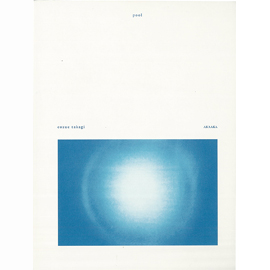
|
|
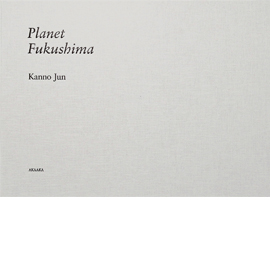
|
|
|---|
|
|
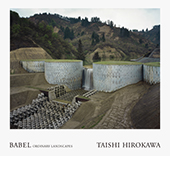
|
|
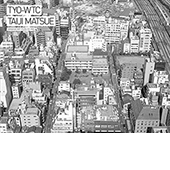
|
|---|

